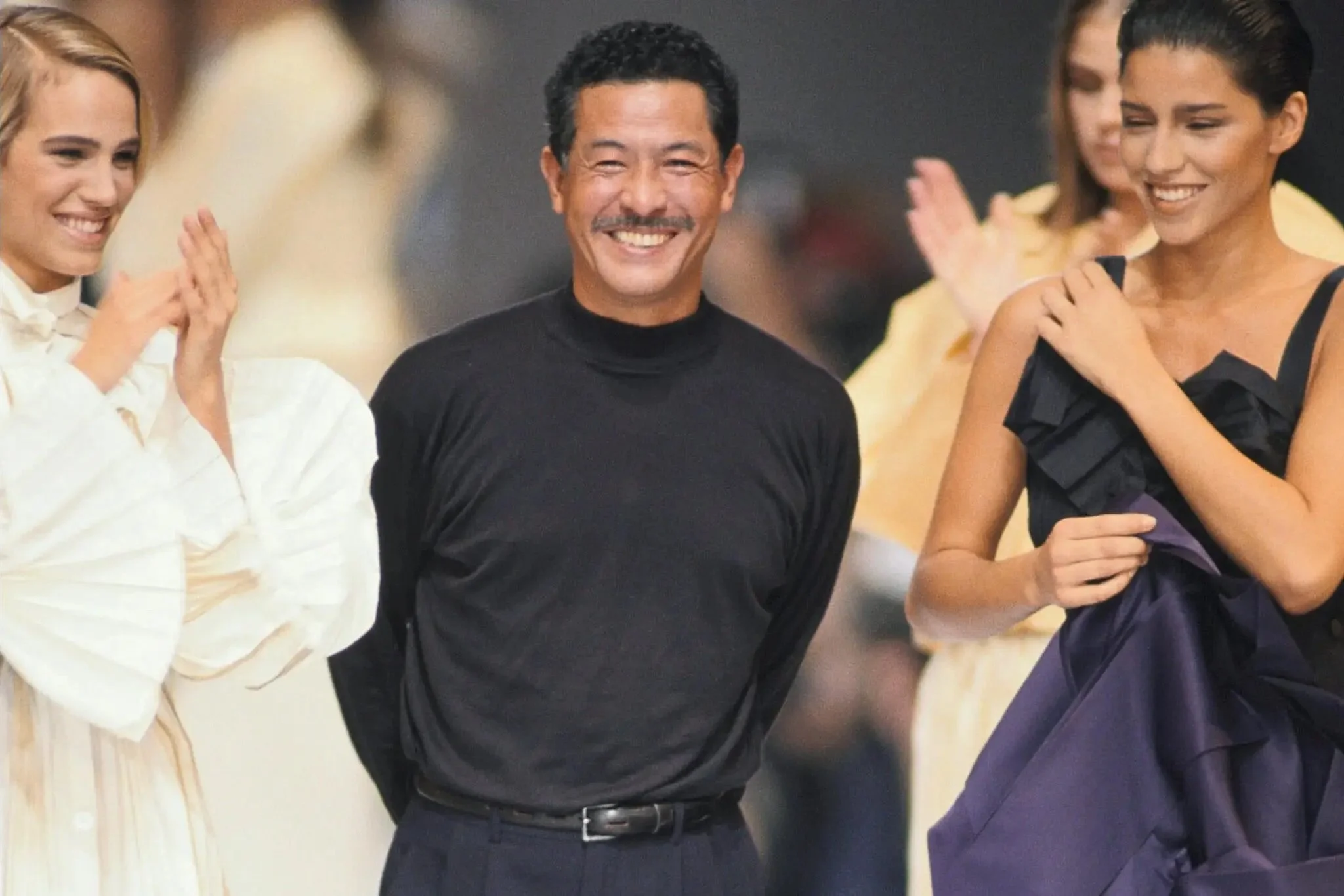Issey Miyake's Timeless Legacy
The designer Issey Miyake, who died on Aug. 5, at his runway show in October 1990 Credit...Daniel Simon/Gamma-Rapho, via Getty Images
Issey Miyake makes his own fabrics, colours, and patterns to create lightweight garments that weigh just a few grams. Because Japanese fashion is as much about Western clothing as it is about Japanese fashion, Miyake's work reflects this. Because of these technological advances, his work will be well known.
Issey Miyake is mentioned in nearly every book on fashion history. He is remembered for his light, pleated creations, which were revolutionary for their time. Issey Miyake died on August 5, 2022, leaving behind a clothing legacy of unparalleled modernity.
Issey Miyake is generally regarded as one of the first Japanese designers to enter the European fashion world. During his fall-winter 1973 collection, the public was able to see kimono-like garments for the first time. Issey Miyake was one of the first Japanese designers to enter the European fashion world after a show in New York in 1971. During that show, the garments were big and flat, free of fabric, and had great freedom of movement, which we today call Issey Miyake's 'touch.'
Issey Miyake was born in Hiroshima in 1938 and studied graphic design at Tama Art University in Tokyo before moving to Paris in 1965 to study at the École de la Chambre Syndicale de la Couture. He then worked with Guy Laroche, then for Givenchy before moving to New York, where he joined Geoffrey Beene.
His dream in 1970 was to create a Miyake Design Studio (MDS) in Tokyo, something comparable to a T-shirt or jeans, something daily, easy to wash, and economical to wear. In other words, a counterbalance to the priceless delicacy of haute couture.
Issey Miyake's lightweight garments, which weigh only a few grams, were developed as a result of her relief and pleated designs. Japanese fashion and Western clothing are reflected in Miyake's timeless dresses, which are compared to. To fabricate his own fabrics, colors, and patterns, Issey Miyake makes his own clothing. It is these technological advancements, combined with a sense of purity, that will make his work famous.
A permanent lexicon is needed for decades to come.
Olivier Saillard, in his book Histoire idéale de la mode contemporaine (ed. Textuel), describes Issey Miyake's Spring-Summer 1977 fashion show in the following way: “The knits or jerseys casually drape over the body, lending an archaic, timeless gesture at the same time.” According to the historian of the 1984 SS collection, it was one of the most important shows in the history of contemporary fashion:“His vocabulary of spacious forms that the body covet more than avoid, the treatment of fabrics that he invented, the moonlike poetry, and the purity tamed as a colour will be an enduring lexicon for decades to come.”
Issey Miyake began Pleats Please, a more accessible clothing line manufactured from a synthetic material that remembers the pleat, in 1993. The Issey Miyake Pleats Please boutique was established on the Boulevard Saint-Germain in Paris in 1996. In 2000, Issey Miyake and textile engineer Dai Fujiwara founded A-POC (A Piece of Cloth), which is named after the title of his 1977 fashion show.
After Issey Miyake retired in the late 1990s, Naoki Takizawa became the mainline designer. The company, however, stated that Mr. Miyake continued to work with his teams, producing new designs and monitoring all Issey Miyake lines'. Art direction is now in the hands of designer Satoshi Kondo, who replaced Yoshiyuki Miyamae in 2019.
Issey Miyake’s home still gleams and still showcases at Paris Fashion Week in 2022. Rachid Ouramdane, director of the Théâtre national de Chaillot, staged a show last June to present the men’s collection SS 23.

